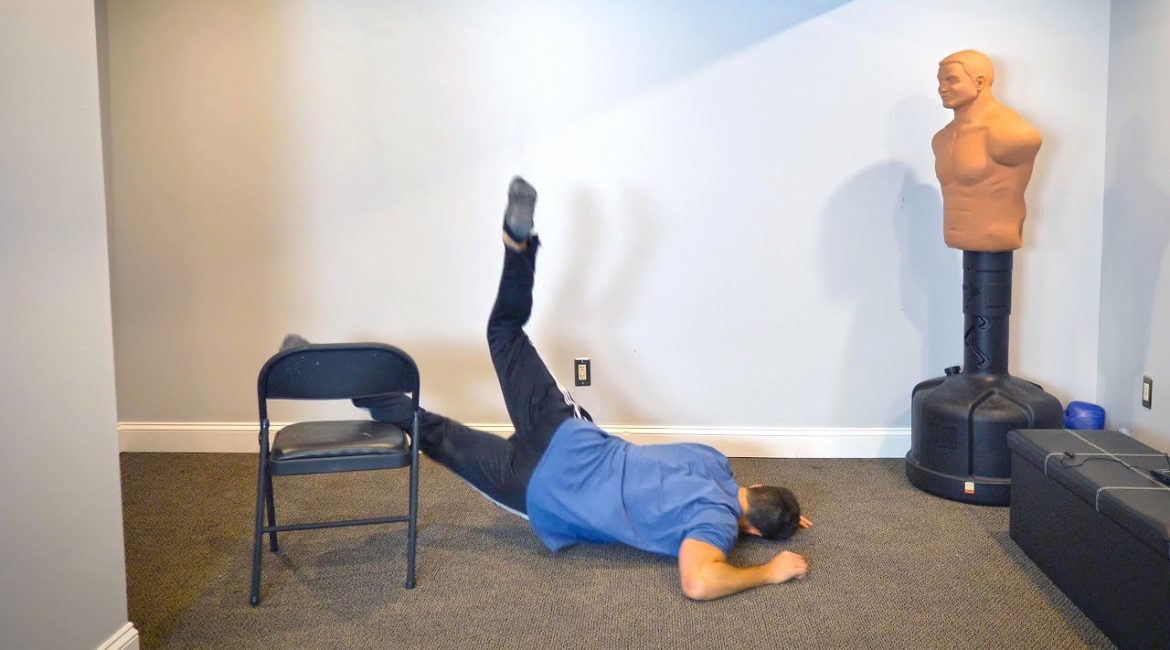Introduction
Danger is an omnipresent aspect of life, lurking around every corner. Whether you’re sprinting through city streets or just navigating the unpredictability of daily routines, the risk of a fall is never too far away. Today, we bring you a guide on mastering three fundamental moves that could mean the difference between a close call and a trip to the emergency room. Get ready to transform how you react to those unexpected stumbles and trips.
1. Master the Art of Rolling: Front Roll, Side Roll, and Back Roll
Rolling is an essential skill, not just for athletes but for anyone who wishes to enhance their body’s natural response to falls. It’s about training your body to dissipate impact energy efficiently, potentially saving you from serious injuries.
Why Learn to Roll?
- Injury Prevention: Proper rolling techniques can help you avoid direct impacts on vulnerable parts of your body like your spine or head.
- Versatility: Being able to roll from any direction—front, back, or side—means you’re better prepared no matter how you fall.
Learning the Front Roll
- Start Position: Begin in a squat. Place your hands on the ground, tucking one arm between your legs, turning your head to the side to avoid face contact with the ground.
- Execution: Push off with your feet, using the momentum to roll over the shoulder you’ve tucked in, not directly over your spine. Aim to roll diagonally across the back from one shoulder to the opposite hip.
- Landing: Land on your back or buttocks, using your legs to control and end the roll smoothly.
Practice Tips
- Both Sides: Practice rolling on both sides. Most people favor one side, but unpredictability in real-life falls necessitates comfort with both.
- Incremental Learning: Start by rolling on soft surfaces like grass or a padded floor before attempting harder surfaces.
2. Deep Squat: Mobility for Safety
The deep squat isn’t just an exercise for fitness enthusiasts; it’s a fundamental human movement that can significantly enhance your mobility and reduce the risk of lower body injuries.
Why the Deep Squat Matters
- Enhanced Mobility: Regularly performing deep squats increases your leg and hip flexibility and strength, which can be crucial during a fall.
- Injury Buffer: With better squat depth, you can absorb impacts more effectively, particularly in dynamic situations like catching something heavy or breaking a fall.
How to Perform a Deep Squat
- Position: Stand with feet shoulder-width apart, toes slightly outwards.
- Movement: Lower your body as if sitting back into a chair, keeping your chest up and back straight. Allow your hips to drop below your knees, if mobility allows.
- Depth and Form: Ensure your heels remain flat on the floor, and your knees track over your toes. Avoid any inward buckling of the knees.
Advanced Practice
For those already comfortable with deep squats:
- Squat to Stand: From a deep squat, sit back onto your buttocks and then stand up without using your hands. This enhances your balance and body control, critical skills for recovering from slips.
3. Cartwheel: Momentum Management
Learning to perform a basic cartwheel isn’t about gymnastic flair—it’s about teaching your body to manage and redirect momentum efficiently. This can be invaluable if you need to avoid dangerous ground hazards during a fall.
Why Learn the Cartwheel?
- Momentum Control: It teaches you to shift your body weight effectively between your hands and feet, crucial during unexpected slips or pushes.
- Safety Over Aesthetics: You don’t need a perfect gymnast’s cartwheel; even a basic ability can help you navigate through falls more safely.
How to Cartwheel
- Start Small: Begin by mimicking the cartwheel motion in a slow, controlled manner. Focus on planting your hands on the ground and trying to kick your feet over your body.
- Progress Gradually: Increase the speed and fluidity as you become more comfortable, always focusing on smooth transitions from hands to feet.
Practical Scenario
Imagine being pushed or tripping over something sharp:
- Instead of rolling over the hazardous object, a cartwheel could allow you to safely place your hands on the ground and swing your legs over, minimizing contact with the danger.
Conclusion
Understanding and practicing these three movements – rolling, deep squatting, and performing a cartwheel – equip you with tools not just for physical fitness but for real-world application. They are preventative techniques against common injuries resulting from falls. Remember, the goal is not to perform these movements perfectly but to develop a functional level of proficiency that could one day prevent a serious injury.
We hope you find this guide useful and a fun addition to your daily routine. Remember to practice safely, start slow, and listen to your body. Subscribe for more practical movement tips, and stay safe out there!


Leave a reply